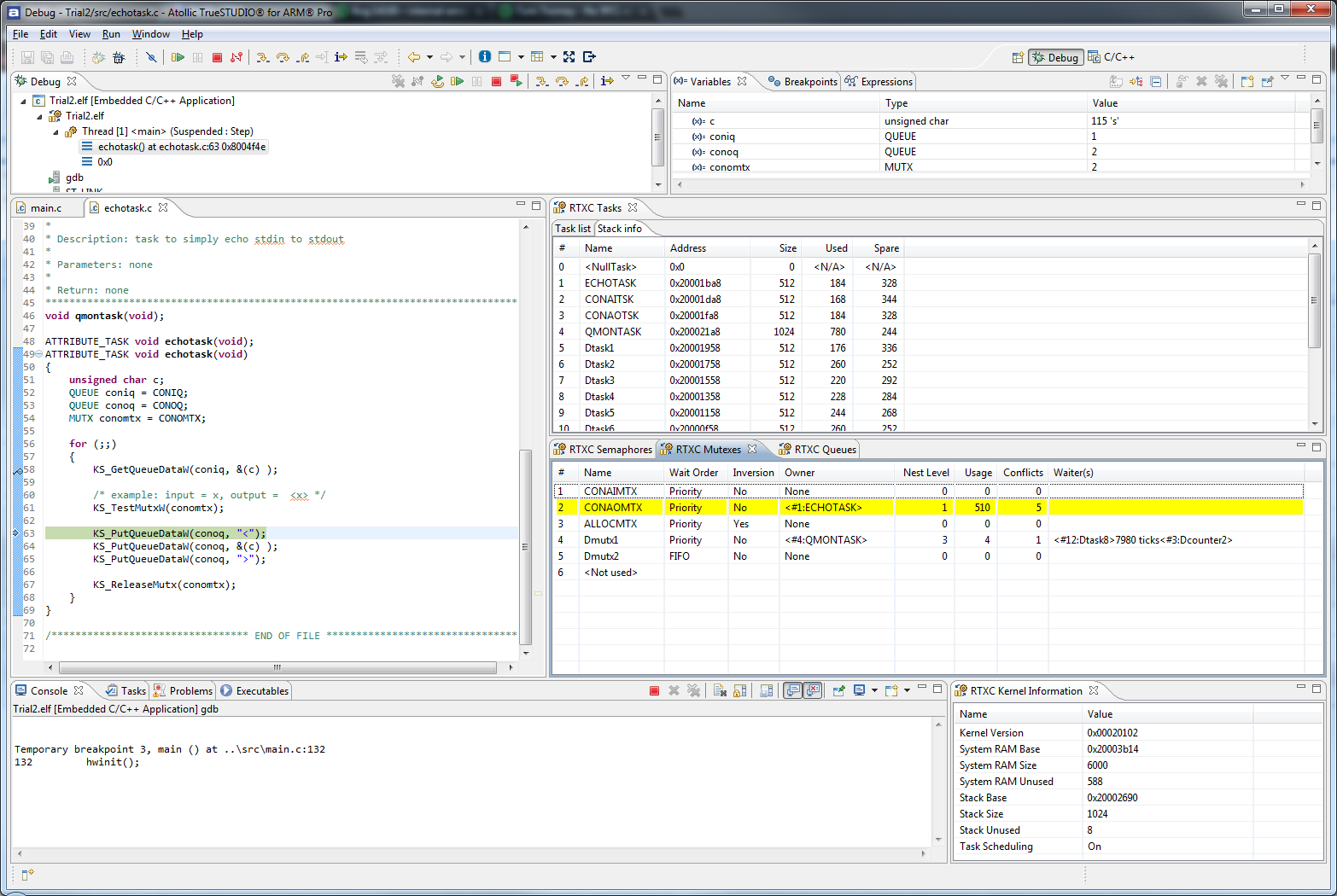
#Atollic truestudio code completion professional
A professional electronics engineer working on a wearable consumer product might be looking for a wafer-level CSP package that’s less than 2×2 mm in size. Package availability is another huge factor to consider. How do different MCU families end up on that spectrum? But these have an economies-of-scale effect if we only have to produce five different MCU models, we’ll be able to make a lot more of each of them, driving down the price. Some families are much smaller, which means you’re essentially going to pay for peripherals, memory, or features you don’t need. Some microcontroller families are huge - with hundreds of different models that you can select from to find the perfect MCU for your application. Within a particular family, what is the range of core speed? Memory? Peripherals? Price? Package options? Overall, I’ll be looking at a few different categories: Parametrics, Packaging, and Peripherals This microcontroller selection guide will have both qualitative and quantitative assessments. What I will do, however, is offer a ton of different recommendations for different users at the end.

I can’t even decide on the criteria for the best microcontroller - let alone crown a winner. Or maybe that has the lowest impact on BOM pricing? No, wait - the best microcontroller is definitely the one that is easiest to prototype with.
#Atollic truestudio code completion how to
I mean, everyone knows the best microcontroller is the one you already know how to use.

If you want to scroll down and find out who the winner is, don’t bother - there’s really no sense in trying to declare the “king of $1 MCUs” as everyone knows the best microcontroller is the one that best matches your application needs. These MCUs were selected to represent their entire families - or sub-families, depending on the architecture - and in my analysis, I’ll offer some information about the family as a whole. I wanted to explore the $1 pricing zone specifically because it’s the least amount of money you can spend on an MCU that’s still general-purpose enough to be widely useful in a diverse array of projects.Īny cheaper, and you end up with 6- or 8-pin parts with only a few dozen bytes of RAM, no ADC, nor any peripherals other than a single timer and some GPIO.Īny more expensive, and the field completely opens up to an overwhelming number of parts - all with heavily-specialized peripherals and connectivity options. I used a price-break of 100 units when determining pricing, and I looked at typical, general suppliers I personally use when shopping for parts - I avoided eBay/AliExpress/Taobao unless they were the only source for the parts, which is common for devices most popular in China and Taiwan. I’m sure people will chime in and either claim that a part is more than a dollar, or that I should have used another part which can be had for less than a dollar. 1 To get technical: I purchased several different MCUs - all less than a $1 - from a wide variety of brands and distributors. While some projects that come across my desk are complex enough to require a hundreds-of-MHz microcontroller with all the bells and whistles, it’s amazing how many projects work great using nothing more than a $1 chip - so this is the only rule I established for this microcontroller review. It’s time for a good ol’ microcontroller shoot-out.

I wanted to take a quick pulse of the industry to see where everything is - and what I’ve been missing while backed into my corner of DigiKey’s web site. In 2017, we saw several new MCUs hit the market, as well as general trends continuing in the industry: the migration to open-source, cross-platform development environments and toolchains new code-generator tools that integrate seamlessly (or not so seamlessly…) into IDEs and, most notably, the continued invasion of ARM Cortex-M0+ parts into the 8-bit space. At the same time, we all have our go-to chips - those parts that linger in our toolkit after being picked up in school, through forum posts, or from previous projects. As an embedded design consultant, the diverse collection of projects on my desk need an equally-diverse collection of microcontroller architectures that have the performance, peripheral selection, and power numbers to be the backbone of successful projects.


 0 kommentar(er)
0 kommentar(er)
